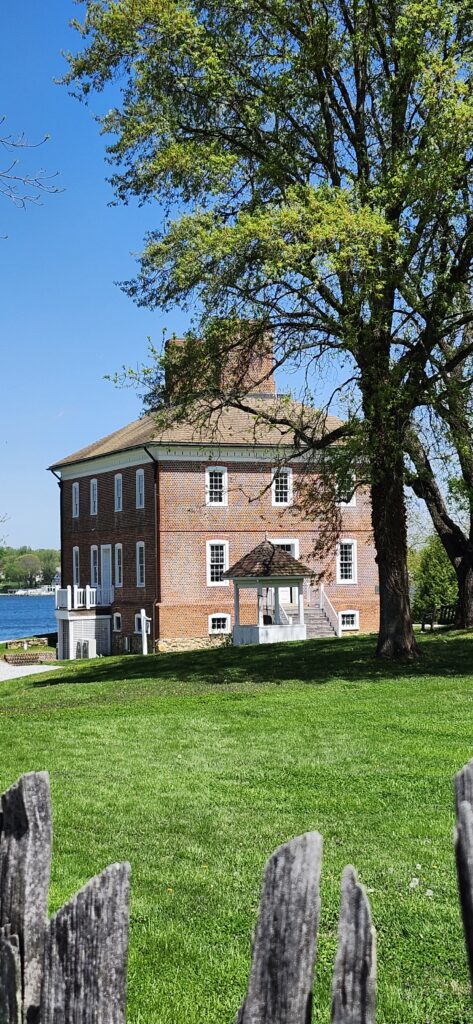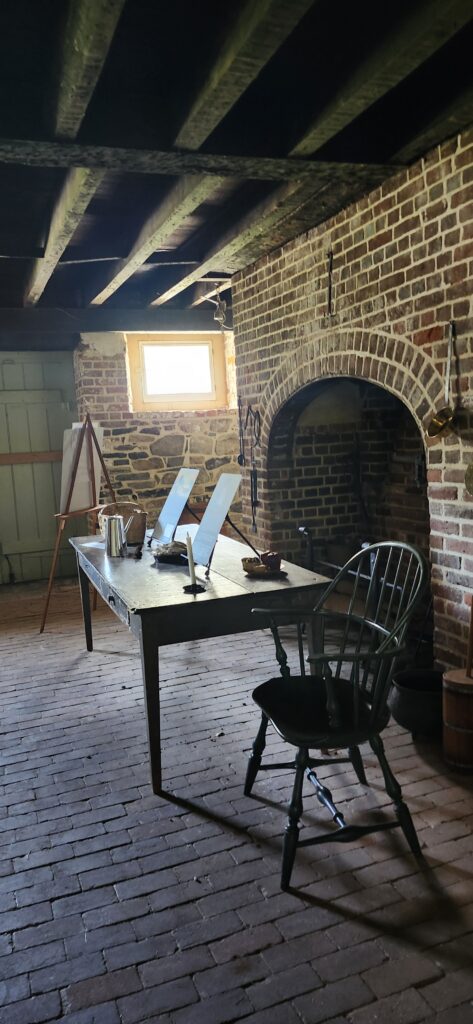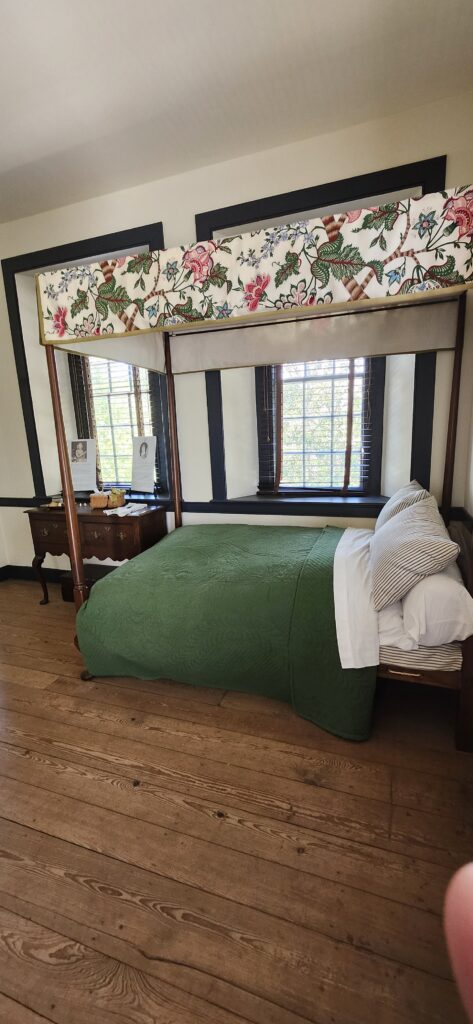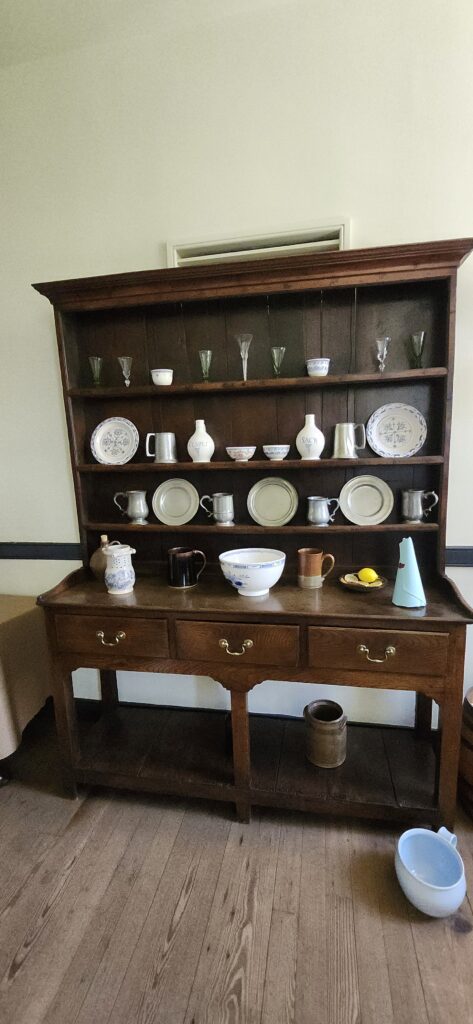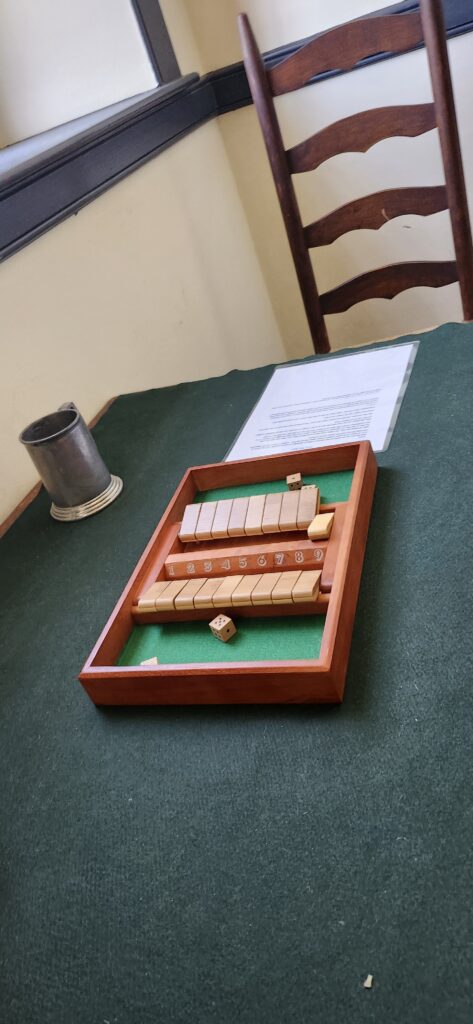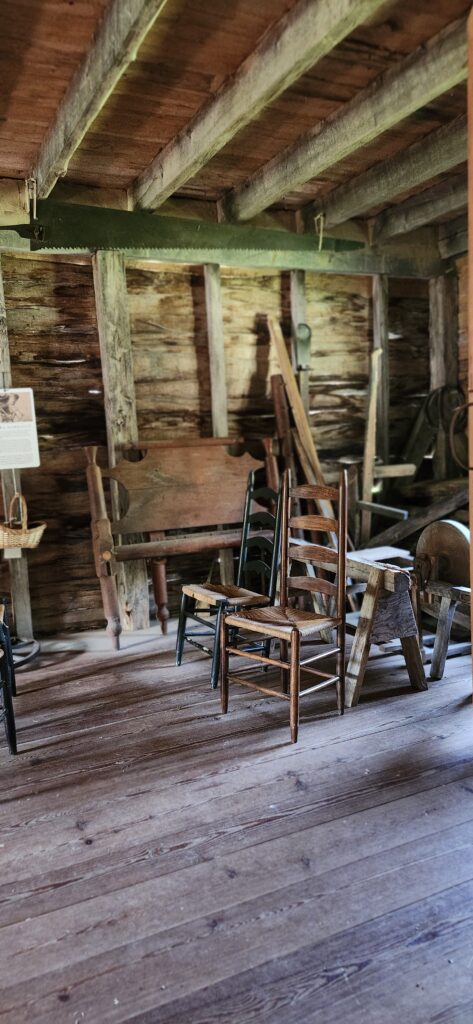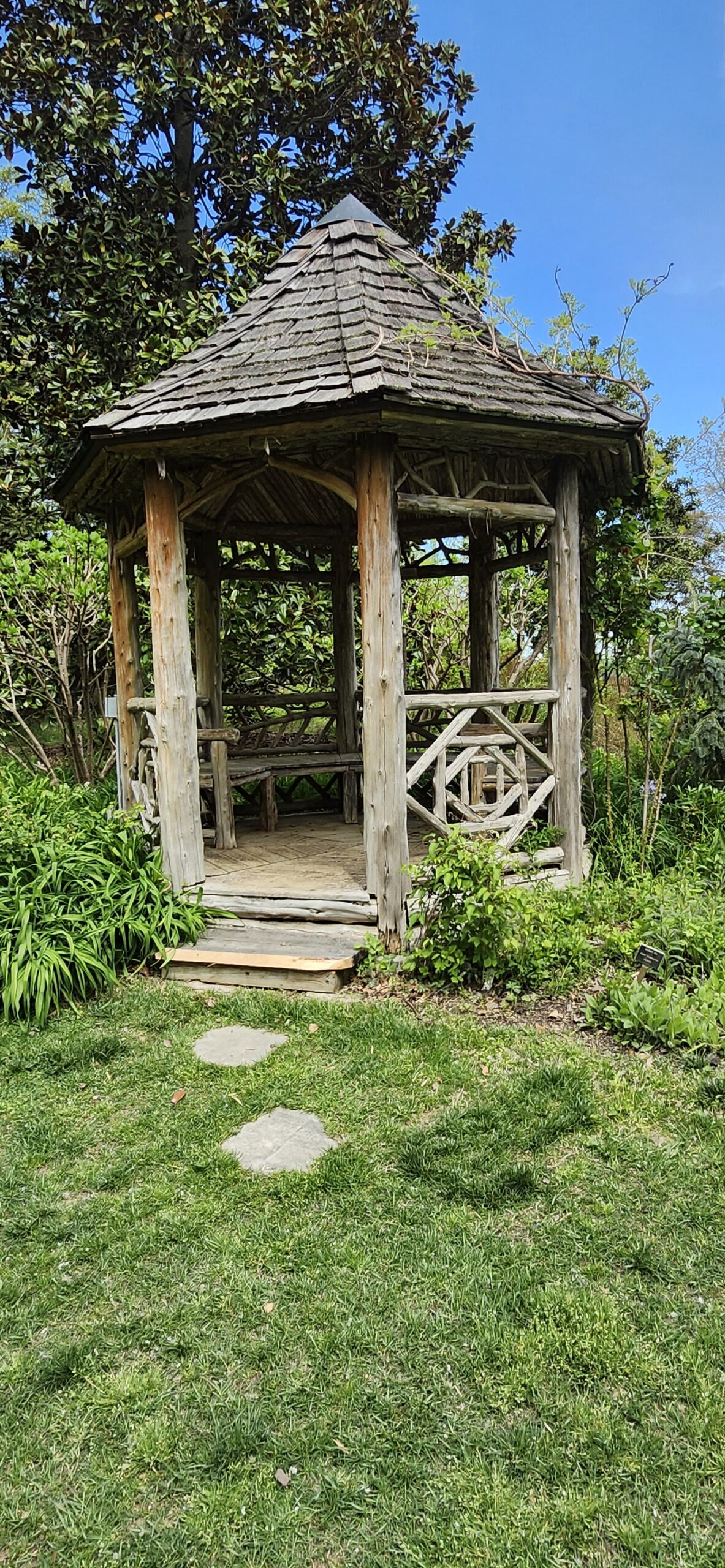Welcome to London Town no not across the pond rather a short drive for me to Maryland. Step back in time and discover London Town, Maryland – a fascinating colonial seaport that once rivaled Annapolis in prominence before fading into historical obscurity. Founded in 1683 through the “An Act for Advancement of Trade” legislation, this 100-acre settlement was a bustling tobacco trading hub strategically located on the major north-south route along the Atlantic seaboard. During its heyday in the 18th century, London Town boasted between three and five public houses, serving travelers on the route between Boston and Charleston, and was a critical point for trans-Atlantic tobacco shipping. The grounds alone are worth visiting. Take a picnic after you tour the museum and the buildings.
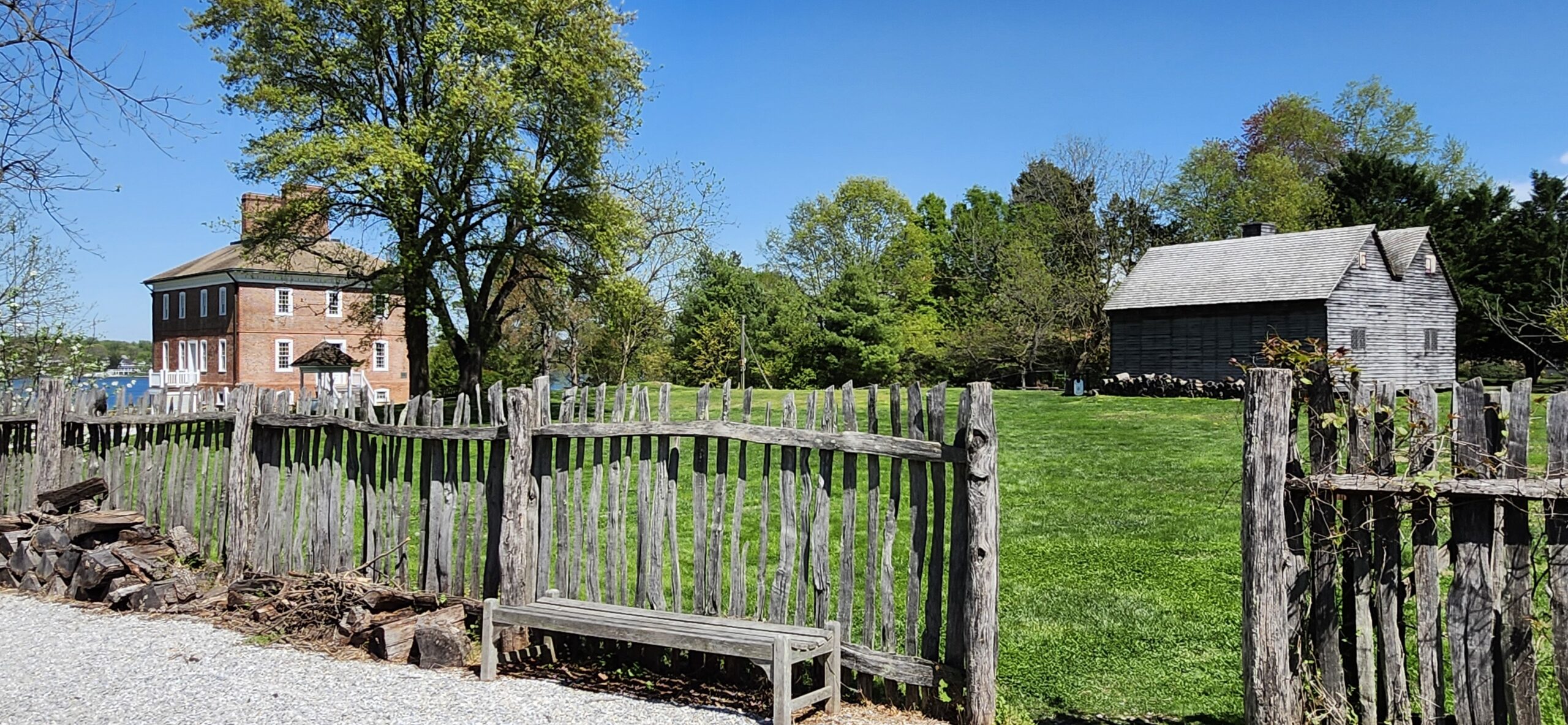
The town’s decline began in 1747 when it was excluded from the tobacco inspection stations, causing merchants to gradually move their businesses to Annapolis and reducing the town’s economic significance. Today, visitors can explore the historic site through the 23-acre Historic London Town and Gardens, which features the preserved William Brown House (a National Historic Landmark), reconstructed colonial buildings, and archaeological excavations that reveal the rich history of this once-thriving colonial settlement. The site now offers virtual tours, educational programs, and immersive experiences that allow guests to step into the shoes of colonial Marylanders and understand the complex social and economic dynamics of 18th-century life. Perhaps most intriguingly, the town’s transformation from a prominent trading center to an almshouse in the 19th century, and now a historical park, tells a compelling story of adaptation and preservation.
The town most the most part was quiet however a few notable incidents and controversies over the years. The trial of Captain Cood and his associates from “Brown’s Fleet of Plymouth” in 1692. They were accused of attempting to destroy a packet of letters addressed to the Governor of the Colony. The town’s involvement in the slave trade, with at least eight slave ships unloading at the port between 1708 and 1760, bringing enslaved people from West Africa. The conditions at the Almshouse were deplorable. The demise of London Town, Maryland was a gradual process that occurred throughout the 18th century, culminating in its virtual disappearance by the early 19th century. Several key factors contributed to its decline include the Tobacco Inspection Act of 1747: London Town was not selected as an official tobacco inspection station, which severely impacted its role in the tobacco trade coupled with rise of competing ports of Annapolis and Baltimore. As the town aged the merchants had a mass exodus. As the town’s prospects dimmed, merchants began leaving for more prosperous locations like Annapolis, with younger merchants not replacing the older ones who died or left. By the early 19th century, London Town had faded into obscurity, with only the William Brown House remaining as a testament to its former prominence.
They have winter and summer hours so check out their website.
https://www.historiclondontown.org/
Admission:
Adult – $11
Senior (62 & up) – $10
Youth (4-17) – $5
Address:
839 Londontown Road, Edgewater, MD 21037
free parking
410-222-1919 x200
